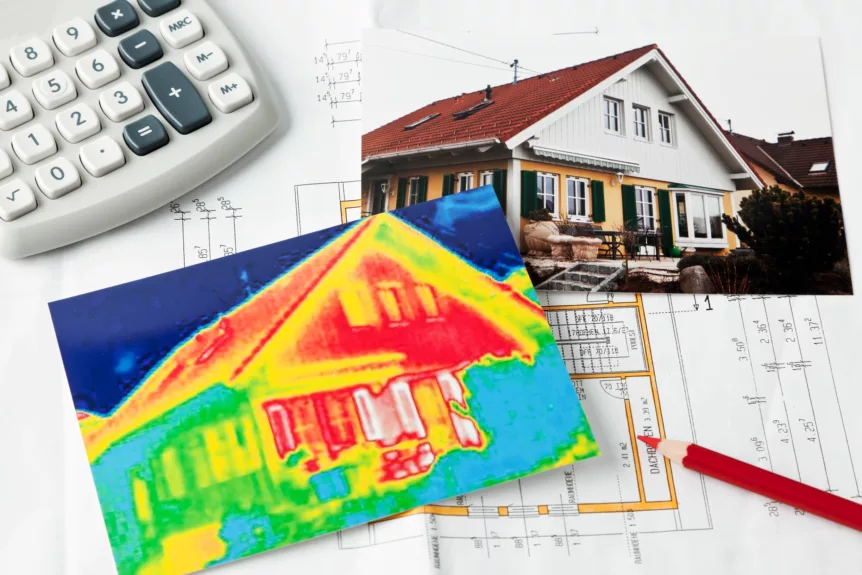Clean Energy Projects: Looking Ahead to 2024
By Ravi Malhotra, Originally published in NH&RA Tax Credit Advisor, December 2023
At the close of 2023, it’s a certainty that the Inflation Reduction Act (IRA) and Bipartisan Infrastructure Law (BIL) are catalyzing a huge uptick in clean energy projects across the United States. Unfortunately, it’s equally certain that the multifamily affordable housing piece of this pie will be underwhelming, compared to the possibilities.
The indicators of what’s possible are impressive. For example, when passed, the IRA budgeted $330 billion for Investment Tax Credits (ITC) for Renewable Energy. Current estimates put the ITC budget at $1.5 trillion. A handful of states, like Tennessee, elected to utilize their BIL Weatherization Assistance Program (WAP) allocations for statewide, multifamily-focused weatherization programs.
However, 40 other states still don’t allow multifamily housing access to their WAP funds. We as an industry have missed the opportunity to attract approximately $3 billion for green upgrades for multifamily affordable housing. It seems that industry focus is on familiar opportunities rather than new funding sources. For example, the $837 million from the Department of Housing and Urban Development and its IRA-funded Green and Resilient Retrofit Program (GRRP) is receiving plenty of attention, but most are still unaware of the Department of Energy’s approximate $9 billion Home Energy Rebate programs, where multifamily housing can capture much of the funding for green upgrades. Similarly, eyes are fixed on the 45L which, for most, is not actually worth the bother (the credit applies to both new construction and deep retrofits, but the requirements are a hurdle for retrofits). But no one is focused on getting a piece of the $35 billion offered through the Environmental Protection Agency.
The smart players are taking advantage of leveraging various sources of funding to land “little to no cost” projects that enhance the value of their multifamily property. Take, for example, one of the projects described in Mark Fogarty’s November 2023 Case Study: IRA, BIL Bringing Big Pots of Money to Green Affordable Housing.1 This example is a Project-Based Rental Assistance property with 150 units installing cold-climate air-source heat pumps, heat pump water heaters, electrical infrastructure upgrades, energy-efficient refrigerators, and a 168-kW solar install. The project cost is approximately $6.1 million, which is offset by:
- $450,000 in utility rebates;
- $2.1 million from the DOE’s IRA-funded electrification rebate program; and
- $3.6 million in GRRP money from HUD.
We see the ability to “braid” funds (stack dollars from numerous programs) as a path towards deep retrofits that are paid for through incentives.
Federal agencies have been rapidly pushing their allocations out the door and into the hands of the states, which are facing similarly urgent deadlines to spend their funds in alignment with federal requirements. Many of the IRA’s funding buckets (which have confronted political opposition since they were in draft form) regularly come under fire. We’re less than a year out from the U.S. Presidential elections, the results of which could signal a dramatic change or end to the “period of plenty” created by IRA and BIL. Running parallel to the political uncertainty is mounting pressure from markets, regulatory bodies (e.g., public utility commissions) and the environment. Natural disasters and severe weather events are becoming more frequent and more intense, driving up the cost of insurance. Ironically, some of the IRA and BIL funds could alleviate the insurance issue (e.g., removing HVAC and hot water systems from basements prone to flooding and installing high-efficiency unitary or rooftop systems instead).
Despite all the potential and the urgency, it seems it’s difficult to get rid of free money. Inertia may be one of the biggest challenges to bridging the gap between multifamily properties and clean energy solutions, and worse still—the inertia is bidirectional. Program administrators and service providers are leaning into their single-family-based approaches for designing and executing programs, and multifamily stakeholders are simply allowing the IRA and BIL opportunities to pass. The past seems to be repeating itself and we will continue to brand multifamily housing as a “hard to serve” market.
Looking ahead to 2024, the goal is to help build a groundswell of multifamily stakeholders (1) advocating for program administrators to drive IRA and BIL resources toward multifamily housing, and (2) educating multifamily players on how to braid financing for projects and submit applications for funding opportunities that will likely end in 2024.
Additional resources:

